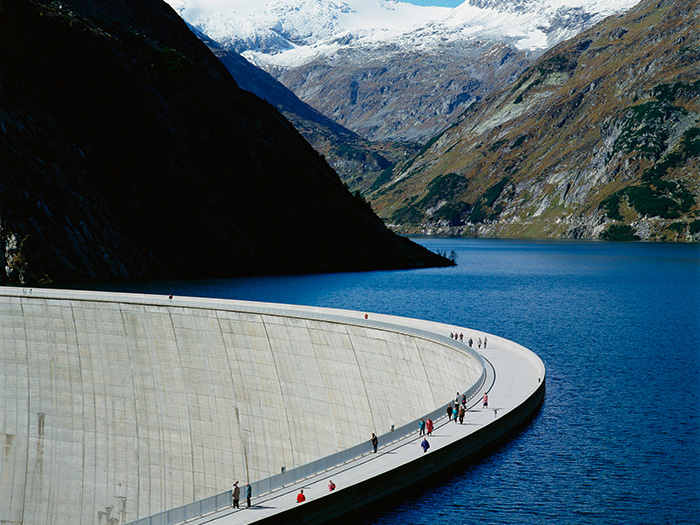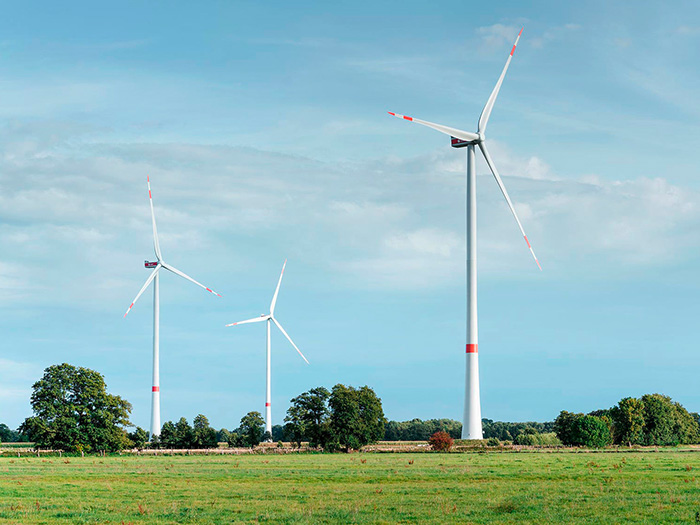Renewable energy: what’s the status in Italy?
Italy is one of Europe’s leading countries in the use and production of energy from renewable sources. Having already met the objectives set by the European Union for 2020, the focus is now on 2030.
In order to get to a 100% sustainable electric mobility it is crucial that zero emission vehicles are powered by electricity produced from renewable sources. The European Union committed to this in 2009, when the Directive 2009/28/EC set targets for every single country to be reached by 2020, in particular for the share of renewable energy sources used against the total final consumption.
According to a report by GSE (Italy’s energy services operator) entitled “Renewable energy in Italy and Europe”, in 2018 – the last year up-to-date statistics are available for – the total energy produced by hydroelectric, solar, wind, bioenergy and geothermal power accounted for 17.8% of final gross Italian consumption, exceeding the 17% target set for 2020.
European targets
This is a remarkable result, considering that Italy was the only one among the major European Union Countries (counting Germany, France, Spain and the United Kingdom, besides Italy) to beat its target in 2018. What’s more, of the five member states with the largest overall energy consumption, Italy recorded the highest value for the share covered by renewable energy sources over the period.
Going into more detail and looking at individual sectors, in Italy RES (Renewable Energy Sources) accounted for 33.9% of electricity production, 19.2% of heat consumption and 7.7% of consumption in the transport sector.
Consumption in Europe and Italy

The toe (which stands for tonne of oil equivalent) is a unit of measurement that corresponds to the amount of energy released by burning one tonne of crude oil; the Mtoe (Megatoe) corresponds to one million toe. If we consider the energy consumption, 209 of the 1,163 Mtoe consumed in 2018 came from RES. This figure is equal to 18% of the total, which rises significantly if we look at the data of the electricity sector: here, in fact, 32.1% (90 Mtoe out of the 282 consumed overall) was generated from renewable sources.
Considering only the consumption of renewable energy sources, Italy was third among the European Union nations in the same period, behind Germany and France. Overall, the consumption of energy in Italy coming from renewable sources between 2005 and 2018 doubled – going from 10.7 to 21.6 Mtoe, while the total final gross consumption fell progressively, mainly as a result of the financial crisis.
With RES accounting for a 33.9% of its overall electricity consumption, Italy far exceeded the target set by the National Action Plan on renewable energy sources (known as the PAN) for both 2018 (24.6%) and 2020 (26.4%).
Renewable energy sources
Looking at the figures relating to the individual renewable sources, the greatest contribution to the electricity sector comes from hydroelectric power (42% of the overall production), followed by photovoltaic (20%), bioenergy (17%), wind (16%) and geothermal (5%). In the heating sector the main source is solid biomass (around 7 Mtoe), used primarily in a residential context in the form of firewood or pellets, followed by heat pumps (2.6 Mtoe). Finally, in the transport sector the largest contribution comes from biofuel.
Electricity production from RES

By the end of 2018, Italy could count on 835,232 plants producing electricity powered by renewable sources: mainly photovoltaic plants (98.5% of the total), increased by 48,000 units compared to 2017 (+6.2%).
Italy is one of Europe’s leading countries in the production of electricity from RES: it ranks second, behind Germany, by national impact on the European Union total, contributing 10.7%.
Set by the country’s National Energy and Climate Plan, Italy’s target for 2030 is ambitious yet achievable, with RES accounting for the 30% of consumption. It will therefore be essential promoting and implementing the energy production from renewable sources.
